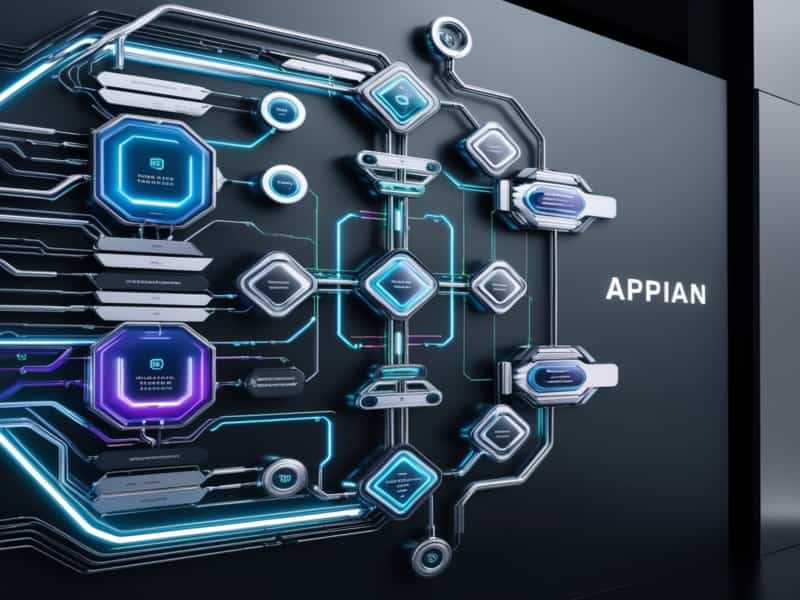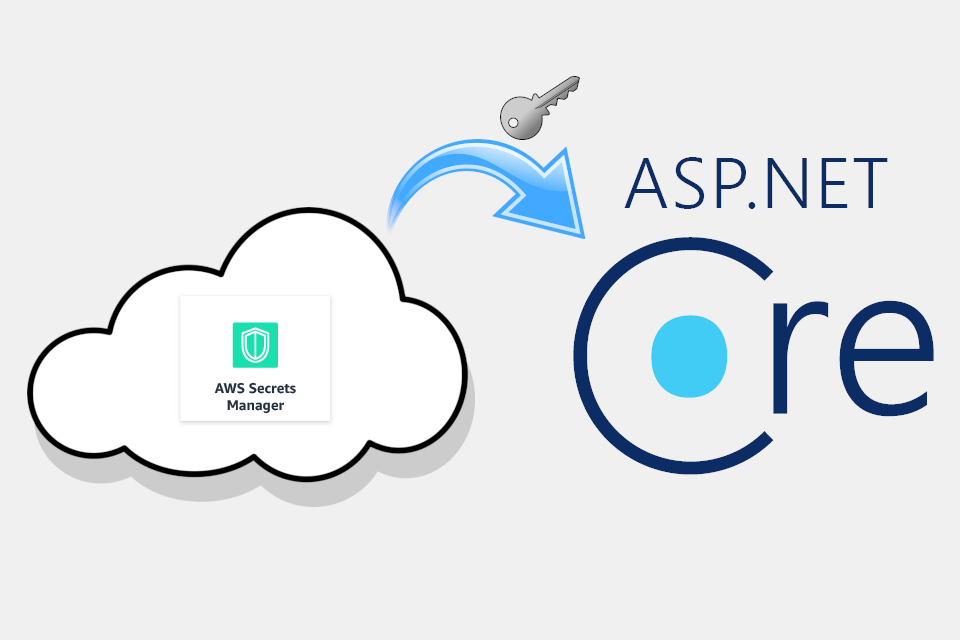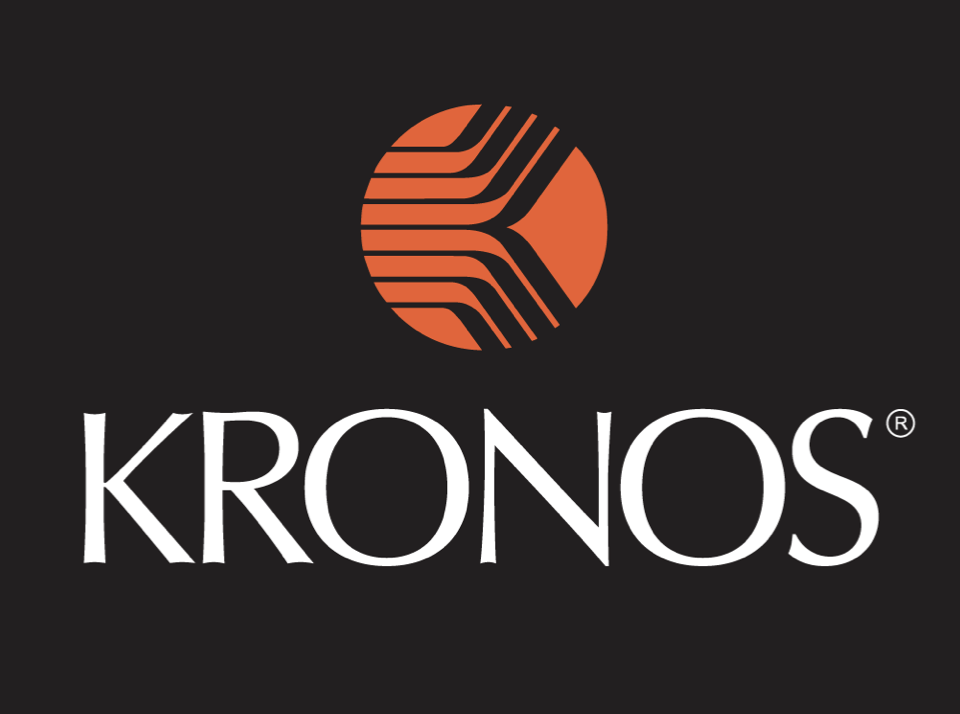Description
Introduction
This course focuses on performance optimization techniques for applications built on the Appian platform. In today’s fast-paced business environment, ensuring that applications run efficiently is crucial for providing users with a seamless experience and achieving business goals. Participants will learn best practices for optimizing performance across various Appian components, including user interfaces, processes, data management, and integrations, enabling them to enhance application speed, scalability, and reliability.
Prerequisites of Appian Performance Optimization
Before starting this course, participants should have:
- Basic understanding of the Appian platform and its components.
- Familiarity with application design and development within Appian.
- Knowledge of database optimization, basic system administration, and performance monitoring tools.
While advanced programming skills are not required, understanding of performance-related concepts in app development is helpful.
Table of Contents
- Introduction to Performance Optimization
1.1 Importance of Performance in Appian Applications
1.2 Overview of its Concepts
1.3 Key Factors Affecting Application Performance
1.4 Performance Metrics and Tools in Appian - Optimizing User Interfaces (UI)
2.1 Best Practices for Designing Efficient User Interfaces
2.2 Reducing Load Times for Appian Forms and Views
2.3 Optimizing UI Components for Mobile Devices
2.4 Managing Complex Interfaces and Data-Heavy Views - Process Optimization
3.1 Improving Workflow Performance in Appian
3.2 Optimizing Task Assignment and Routing(Ref: VictoriaMetrics: Scalable Time Series Database for High-Performance Monitoring)
3.3 Managing Process Variables and Memory Usage
3.4 Best Practices for Handling Long-Running Processes - Data Management and Optimization
4.1 Best Practices for Database Optimization in Appian
4.2 Improving Query Performance and Reducing Database Load
4.3 Managing Large Data Sets and Pagination
4.4 Optimizing Data Synchronization and Integration - Appian Integration Performance
5.1 Optimizing API Integrations for Speed and Reliability
5.2 Efficient Data Transfer Between Appian and External Systems
5.3 Managing Latency and Improving Integration Speed
5.4 Load Balancing for External Integration Services - System and Server Optimization
6.1 Tuning Appian Servers for Better Performance
6.2 Caching Strategies to Improve Application Speed
6.3 Monitoring System Health and Performance
6.4 Best Practices for Load Testing and Scalability - Advanced Performance Tuning Techniques
7.1 Using Appian’s Performance Tools and Diagnostics
7.2 Analyzing Application Bottlenecks
7.3 Optimizing Memory Usage and CPU Utilization
7.4 Troubleshooting and Resolving Performance Issues - Review and Summary
8.1 Key Takeaways from the Course
8.2 Real-World Case Studies of Appian Performance Optimization
8.3 Next Steps for Optimizing Your Appian Applications
Conclusion
By completing this course, participants will gain the knowledge and skills to optimize the performance of their Appian applications. They will understand how to enhance user experience, reduce system load, and ensure scalability by applying best practices in UI design, process management, data handling, and integration. With these strategies, participants can deliver high-performance, efficient applications that meet the needs of both users and the organization.
If you are looking for customized info, Please contact us here







Reviews
There are no reviews yet.